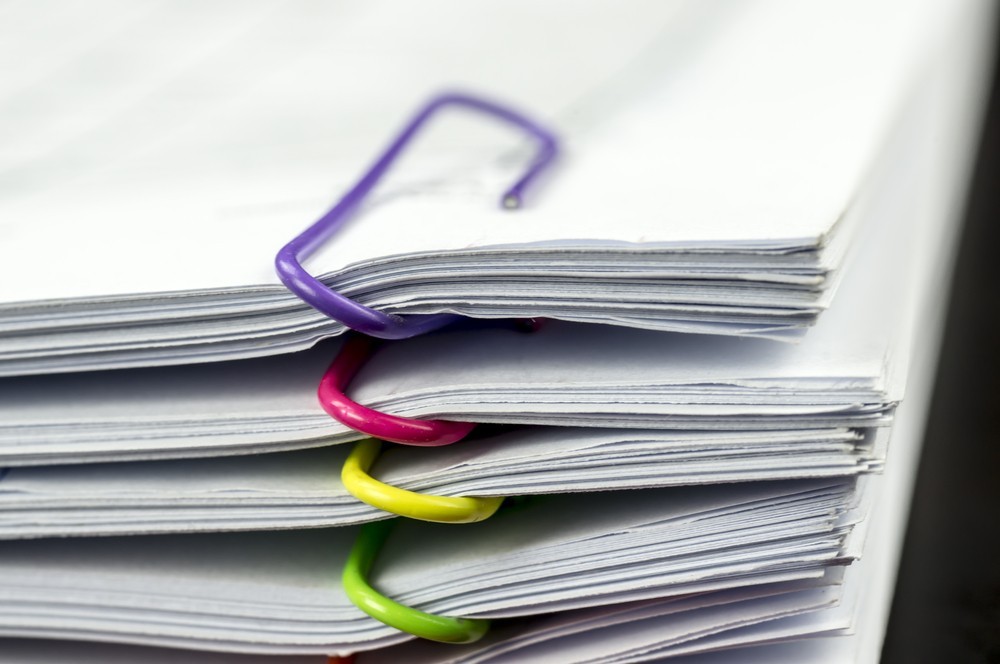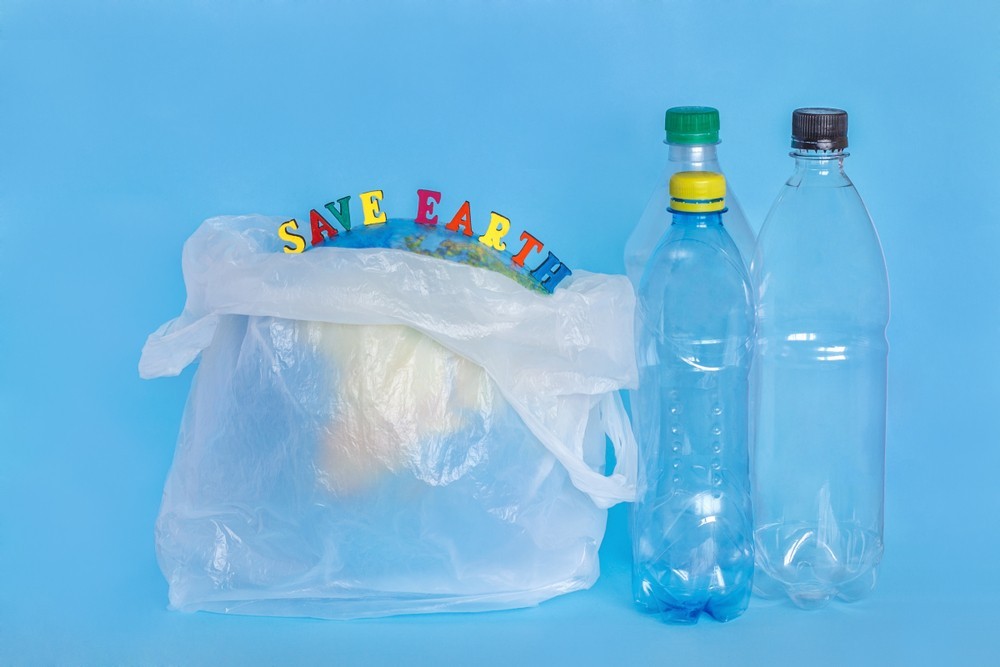The UK government is eager for businesses and consumers to use recycled materials wherever possible. Every year the UK generates more than two million metric tons of plastic packaging waste. This equates to roughly 36 kilograms of plastic packaging waste per person!
The Plastic Packaging Tax (PPT) will come into force from 1st April 2022, applying a tax to certain plastic packaging manufacturing and imports ( or packaging for which plastic is the main component)
This guide will talk about the details of the tax, who it applies to, and how you can prepare for it.
What is the plastic packaging tax?
The plastic packaging tax is a flagship government scheme that has been planned since 2018. Coming into force this April, it is a key part of the government's environmental and sustainability planning.
As you can tell from the name, it will impose a tax on the manufacture or import of plastic packaging with less than 30% recycled content.
For packaging compromising mixed components ( such as cardboard and plastic), if the weight of the plastic constituent is higher than the other components then the packaging falls within the scope of the tax too.
The tax is charged at £200 per metric tonne of finished packaging, it is important that businesses register ahead of time and a special tax return must be submitted. It is the business's responsibility to make it clear if the plastic packaging tax applies to them.
You can do this by including a statement about the tax within your invoices, showing it’s been paid. Details of what constitutes finished plastic packaging components can be found on HM Revenue & Customs website
The tax will be applied quarterly and is to be paid by the manufacturer or importer, not the customer. Although manufacturers and importers can of course increase their prices to cover the cost of the tax. All other taxes remain chargeable on the goods such as VAT.
When does the legislation start?
The new legislation is set to begin on 1st April 2022.
The tax returns are quarterly, they cover four accounting periods each year.
These are:
- 1 April to 30 June
- 1 July to 30 September
- 1 October to 31 December
- 1 January to 31 March.
It isn’t possible to choose your own accounting periods.
Tax returns and payments must be submitted by the last working day of the month following the end of each accounting period above. So, the first tax return and payment for impacted businesses will be due by the end of July 2022.
Will my business be affected by the plastic packaging tax?
If you manufacture or import 10 or more tonnes of plastic packaging within a 12 month period, you may need to register for the tax.
For smaller businesses, there is a threshold of 10 tonnes a year, so if you manufacture or import packaging under this weight across a 12 month rolling period the tax will not apply to you.
The good news for smaller businesses is there’s a threshold of 10 tonnes a year. So, if you manufacture or import packaging under this weight (or manufacture it) across a 12-month rolling period, the tax won’t apply.
For example,
A business manufactures four tonnes of taxable plastic packaging each month. Following 1st April they manufactured four tonnes, another four tonnes in May, following a further four tonnes in June.
They have now passed the de minimis threshold because they’ve manufactured 12 tonnes since 1st April. They must register for the tax by 30th June as they are now liable for manufacturing or import from 1st July.
It is important to work out which plastic is subject to Plastic Packaging Tax. You can find a guide on GOV.UK
The PPT will affect the majority of companies in the following sectors, amongst others:
- Packaging manufacturing
- Industrial manufacturing
- Consumer Goods
- Online retail
- Pharmaceutical
- Chemical
- Food and Drinks
- Cosmetics
- Oil
Exemptions for plastic packaging are:
There are three main exemptions for plastic packaging components, which are:
- Plastic packaging in direct contact with a medicinal product eg blister packs
- Transport packaging used to secure safe transit of imported goods eg pallet wrap
- Plastic packaging used as aircraft, rail, or ship stores.
There are specific conditions around whether items will fall under the exemption, and these will need to be reviewed for each product where appropriate to see if they will apply.
How do I register for the Plastic Packaging Tax?
Registration is required if:
- at any time after 1 April 2022 a business expects to import or manufacture at least 10 tonnes of plastic packaging in the following 30 days. In that case registration is required within 30 days of the first day that this condition is met; or
- a business has manufactured or imported at least 10 tonnes of plastic packaging in a 12-month period ending on the last day of a calendar month. In that case the business becomes liable for PPT from the first day of the next month and must register by the first day of the subsequent month. In the first year of the tax, a business only needs to register for the tax when the amount of plastic packaging exceeds 10 tonnes in a 12-month period from 1 April 2022.
If either of these conditions is satisfied, registration is required even if a business’ packaging is not chargeable and it does not have to pay any tax.
HMRC has published guidance on how to register for PPT – although this cannot be done until 1 April 2022.
To register you may need to provide the following details:
- Your business type
- Your businesses address and contact details
- The date your business became liable for plastic packaging tax
- An estimate of how much-finished plastic packaging you expect to manufacture or import in the next 12 months
- A customer reference number. This could be your Corporation Tax Unique Tax Reference (UTR), Self Assessment UTR (or National Insurance number), Company Reference number, or Charity Registration number.
Once registered, you’ll be assigned a reference number that you should use in correspondence.
Which records do I need to keep?

Once registered for the tax, you’re required to keep the records for at least six years following the end of each accounting period.
In summary, the records are:
- Weight details of each plastic packaging component
- Details of the weight of plastic packaging exported, if applicable
- Evidence of recycled content, including how you’ve worked out the percentage of recycled plastic, its source, and what product lines the content is used
- Evidence of why an exemption applies (e.g. packaging for medicine used for human medical products).
Notably, you should keep records even if you’re below the threshold.
This is because the threshold is a rolling 12 month time period, so you could breach the limit and be liable to keep records and pay tax.
All measurements for the tax should be in kilograms (kg).
What needs to be included on tax returns?
The following information needs to be included on plastic packaging tax returns:
- The total weight of chargeable plastic packaging components manufactured in the UK in the relevant accounting period (e.g. the quarterly periods mentioned above).
- The total weight of finished plastic packaging components imported into the UK in the accounting period.
- The total weight of finished plastic packaging components not subject to the tax.
- The total weight of finished plastic packaging components manufactured or imported for use in the immediate packaging for licensed human medicines. This is because this kind of packaging is covered by an exemption.
- The total weight of chargeable plastic packaging components manufactured or imported in this accounting period, which have been exported directly by you during this accounting period and are due to be exported directly by you within the next 12 months.
- The total weight of any finished plastic packaging components that contain at least 30% recycled plastic content.
- The total value of taxed plastic packaging components for which a credit is being claimed (values should be listed in pound sterling).
- The total weight of plastic packaging components that are subject to the tax after deductions such as:
- The total weight of finished plastic packaging components not subject to the tax.
- Deferral of the tax liability of packaging components intended for direct export.
- Tax credits claimed for the accounting period.
- Tax due for this period (again, listed in pound sterling).
- A declaration that all the information provided is true and correct.
How to prepare for the plastic packaging tax

The first step to prepare for PPT is to assess whether or not you will need to pay the tax. Even if you are not required right now to pay PPT directly, it is important to consider what steps can be taken to ensure that you are not involved in a supply chain where the PPT goes unpaid by someone else.
Preparing for the plastic packaging tax involves pragmatic planning and an inspection of your existing suppliers and processes. You may need to make changes ahead of the tax being introduced to the way your business operates.
Here’s a handful of ways you can attempt to ensure you’re ready for the 1 April 2022 new legislation start date:
- Understand the details of the legislation. Like most taxes, the plastic packaging tax sounds simple on the surface but contains myriad details that can catch out the unwary.
- Switch to recycled materials so the tax doesn’t apply. This is, of course, the intention of the tax. Indeed, the government believes it will affect just 20,000 businesses across the UK because many will either be prompted to use sufficient recycled materials or have already done so.
- Speak to your suppliers. They’ll undoubtedly already be aware of the tax, but they may not know that you wish to avoid it. Needless to say, some suppliers may be planning on some of their customers being ignorant of the new tax in order to perhaps offload older taxable stocks. If you need to switch to new suppliers or new types of packaging, this will present supply chain concerns that you might wish to get sorted before the 1 April 2022 start date.
- Do a practice run. If the tax applies to you, and you can spare the resources, try applying the details of the tax to a previous quarter. This will help you create processes and, of course, work out your likely liability.
- Keep an eye on developments on the government’s main plastic packaging tax website.
How we can help…
Businesses that are uncertain about what the plastic packaging tax might mean for their operations should seek advice from professionals, our expert team will be able to guide you through the legislation and requirements.
It is important to remember that, despite the potential cost implications for businesses and consumers, the plastic packaging tax is likely to have a positive impact on our environment, changing business operations for the better and ensuring our planet is protected for the future.
To discuss any of the information above, or to find out more about how Pierce Accountants can help you prepare for PPT, please get in touch.